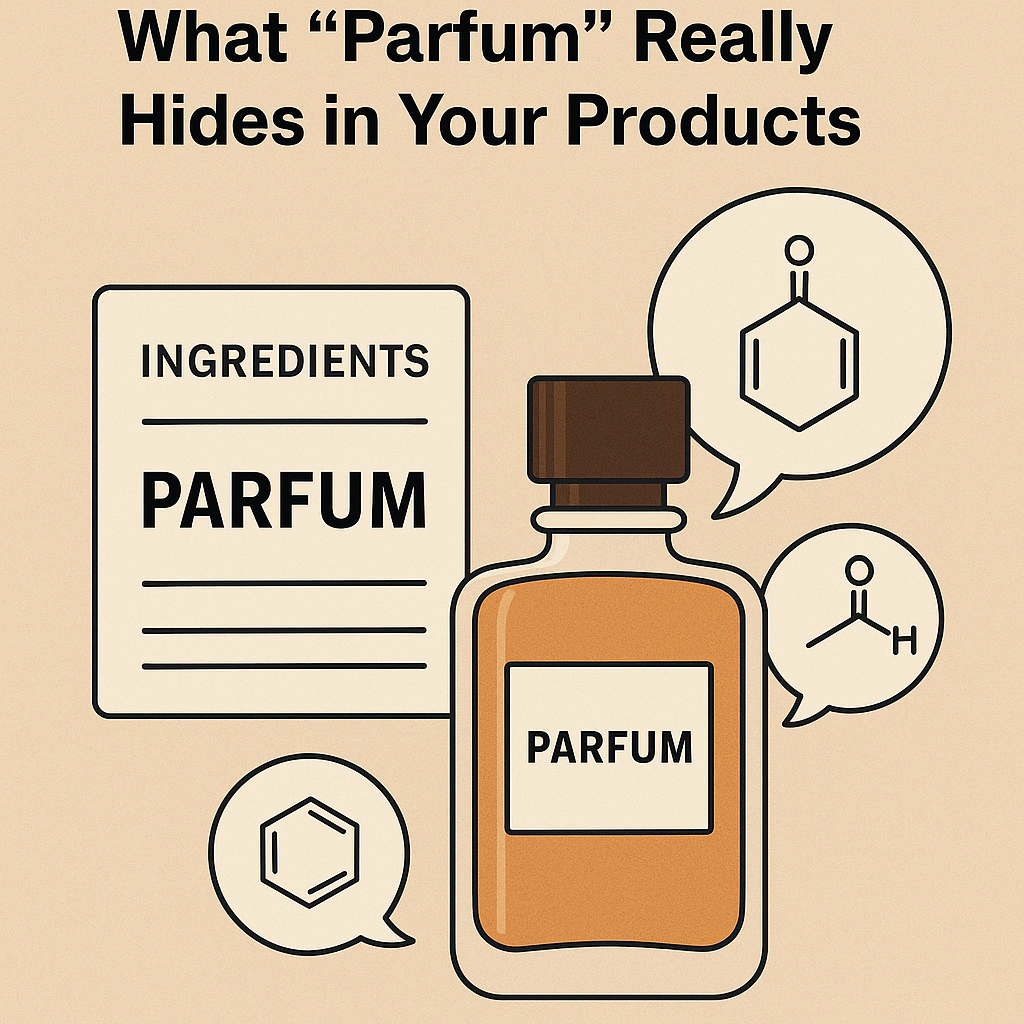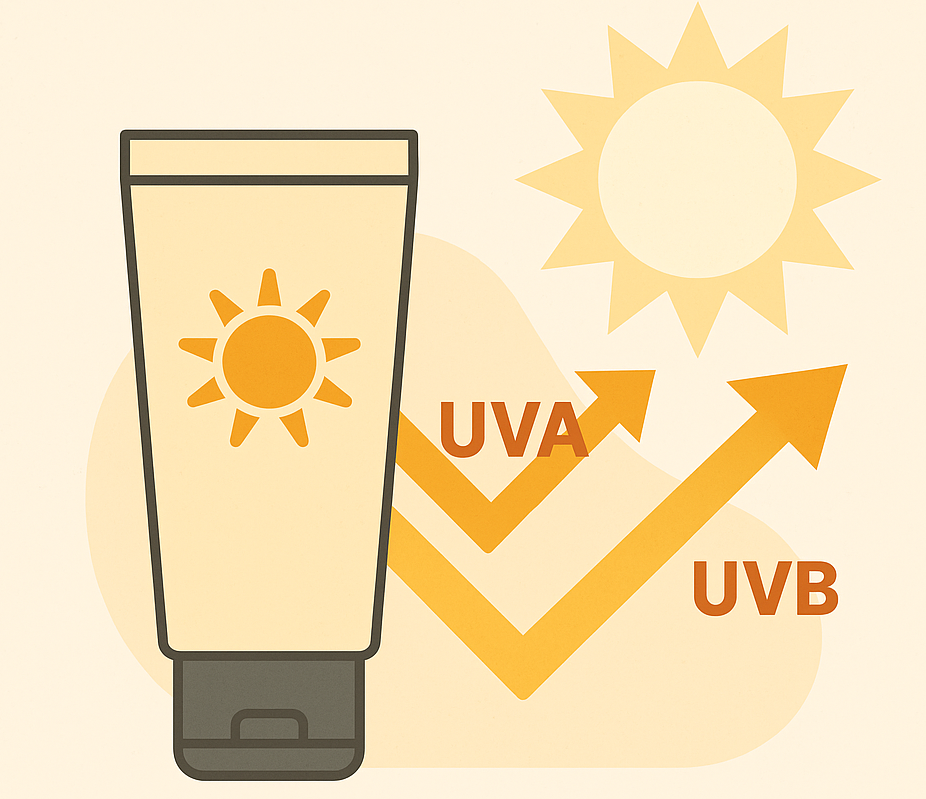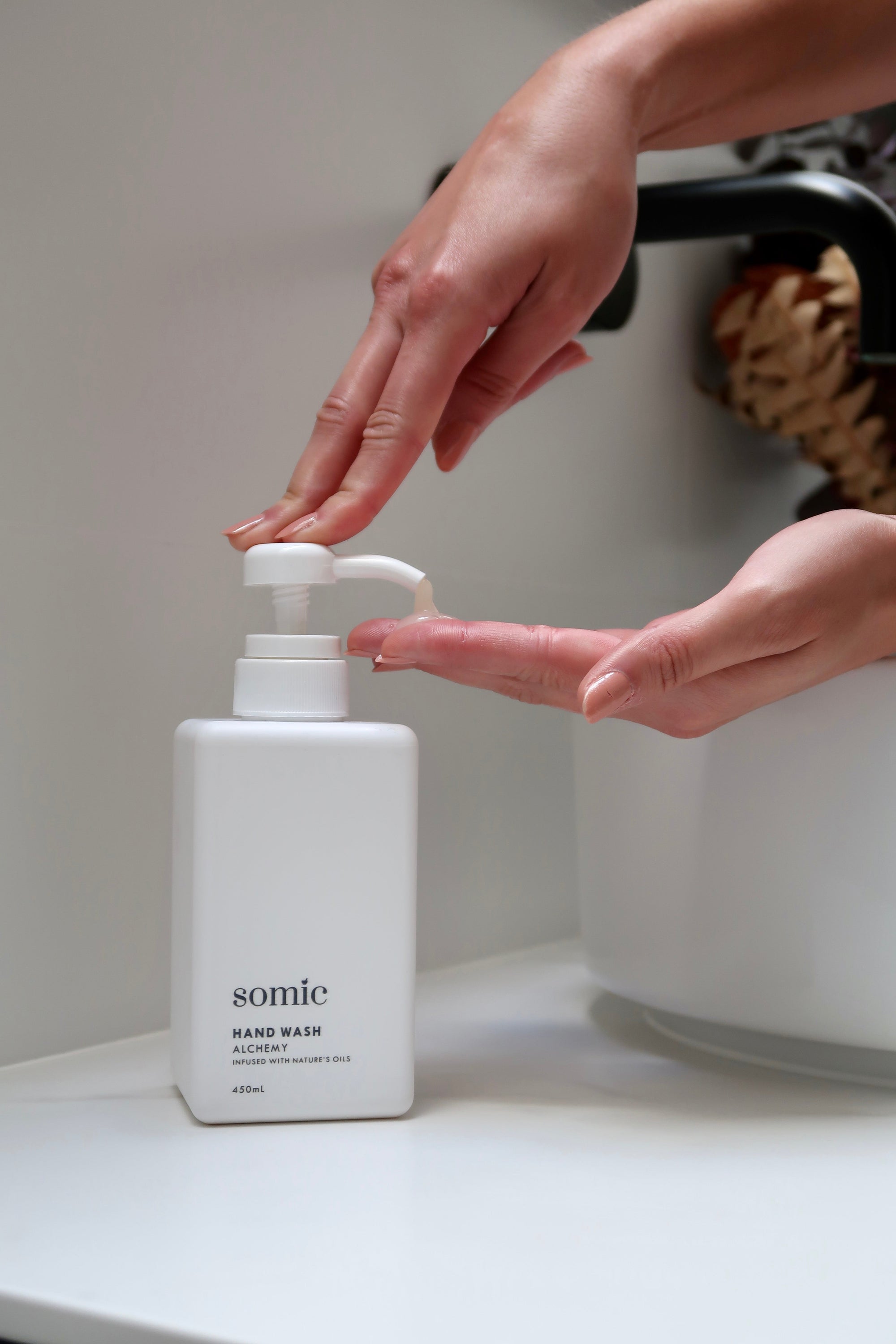What Is the Fragrance Loophole? Uncover the Truth Behind “Parfum” in Skincare & Perfumes.
Did you know “fragrance” can legally hide hundreds of chemicals in skincare and perfumes? Learn about the fragrance loophole, health concerns, and how to protect yourself.
The Fragrance Loophole: A Hidden World Behind One Word
If you’ve ever read the ingredient list on your skincare or perfume bottle and seen the word “fragrance” or “parfum,”you might assume it’s a harmless addition. In truth, that single word can legally mask hundreds of undisclosed chemicals—and that’s no accident.
Welcome to the fragrance loophole: a regulatory grey area that allows companies to hide their full list of fragrance ingredients, even if those ingredients are known allergens, irritants, or hormone disruptors.
Why Does This Loophole Exist?
The origins of the fragrance loophole lie in protecting “trade secrets.” Fragrance blends are often proprietary, meaning companies can claim that disclosing the full formula would give away competitive advantages. As a result, both government bodies and international regulators often allow “fragrance” to appear as a catch-all label.
But while brands protect their scents, consumers are left in the dark.
What Could Be Hidden in “Fragrance”?
A fragrance blend can contain 50 to 200+ individual chemicals, and many are:
-
Synthetic petrochemicals
-
Phthalates (linked to hormone disruption)
-
Allergens and skin sensitizers
-
Volatile organic compounds (VOCs) that affect indoor air quality
The International Fragrance Association (IFRA) maintains a list of over 3,000 ingredients that are permitted in fragrances—including some flagged for health and environmental risks.
Global Regulations: How the World Handles Fragrance Disclosure
| Region | Regulation Summary |
|---|---|
| United States | The FDA allows “fragrance” as a single term. No breakdown required. |
| European Union | 26 fragrance allergens must be disclosed if above certain thresholds. |
| Australia | Fragrance disclosure is not mandatory. Regulated by AICIS (formerly NICNAS). |
These gaps in regulation mean your “clean” or “natural” product could still contain undisclosed synthetic fragrance chemicals.
Health & Environmental Concerns
The chemicals hidden behind the term “fragrance” have been associated with:
-
Allergic reactions & skin irritation
-
Endocrine disruption (especially phthalates)
-
Asthma triggers & respiratory issues
-
Aquatic toxicity and bioaccumulation
Because of this, fragrance is considered one of the top five allergens in cosmetics.
Greenwashing and the “Clean” Illusion
Even in the clean beauty world, many brands still rely on synthetic fragrances or label “natural fragrance” without defining it. These terms are unregulated and can still include synthetics—further blurring the line between transparency and marketing spin.
How to Protect Yourself as a Consumer
Want to stay ahead of the fragrance trap? Here's how:
-
Look for "fragrance-free" (not just “unscented,” which may still include masking scents).
-
Choose brands with full disclosure—some now publish full fragrance breakdowns.
-
Use ingredient vetting tools like Think Dirty, INCI Decoder, or EWG’s Skin Deep.
-
Support legislation or petitions demanding ingredient transparency.
The Takeaway: Transparency Over Tradition
The fragrance loophole is one of the last holdouts in beauty industry transparency. At Somic Skincare, we believe you deserve more than vague labels—you deserve to know exactly what’s touching your skin.
Because beauty should never come with secrets. Michael Somic, The founder of Somic refuses to even wear high end perfumes because almost all of them contain phthalates.


